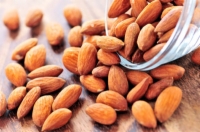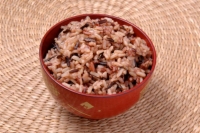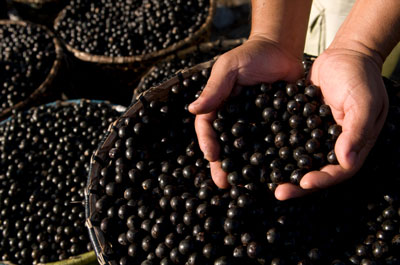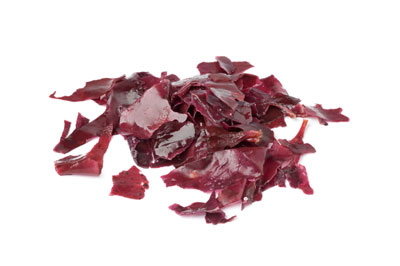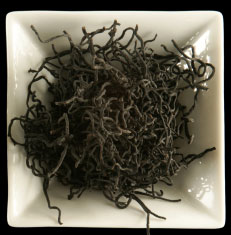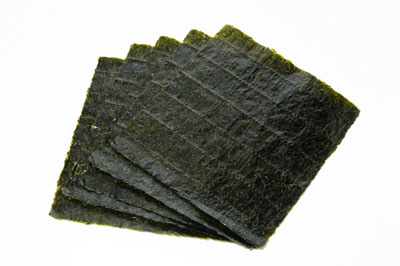ISM needs new technology in-depth scientific research to evolve: Experts
Our Bureau, Hyderabad PharmaBizz
Friday, July 31, 2015, 08:00 Hrs [IST]
Leading scientists and researchers from Indian System of Medicine (ISM) advocated more research to develop new technologies and procedures to find out in-depth scientific data relating to medicines of Indian system.
“We have the invaluable heritage and knowledge of Ayurveda, Siddha, Unani and Homoeopathy medicines. Only thing we need now is to dig out more authentic and scientific data to build up on evidences. This will enable us to explore more opportunities to expand our realm across the globe,” opened experts from Indian System of Medicine at the Indo-Global Summit in Hyderabad.
Dr Nishant Shukla, lecturer of Swasthavrutta SGAM, GAU, Jamnagar, said since ages India has been following the ayurvedic system of medicines and many of its medical products are even proved scientifically by the allopathic system of medicines. Talking about a recent paper by the western world about the importance of ghee in diet, Dr Nishant observed that earlier Western researchers declared taking ghee increase cholesterol in the body, but in contrast to this view a recent paper in a leading international journal has now negated it, and hailed the importance of ghee in diet, which is endorsed by Ayurveda ages ago. “This itself shows that we need to evolve our own technologies and study procedures to prove the efficacy of our medicines,” he said.
While talking to Pharmabiz, Dr RV Omkumar, scientist, department of neurobiology, Rajiv Gandhi Center for Biotechnology, Thiruvannathapuram, said “A lot of research is being done on Indian medicines and herbal medicine. We are still in the beginning stage. In the coming days, we will definitely come up with new technologies and procedures that provides detailed scientific basis rather than relying on empirical or mere clinical observations.”
Dr Omkumar presented his paper on how the herbal extracts can stimulate the brain and help gain the memory in rats. “There is a lot of scope in the Indian system of Medicine to develop, as new technology and advancements in procedures to treat diseases evolve. Ayurveda, Unani and Homoeopathy medicines will not just act as complementary to the existing allopathic medicines but can also be developed into indigenous medicines to replace some of the existing allopathic which have side effects,” opined another doctor.
Our Bureau, Hyderabad PharmaBizz
Friday, July 31, 2015, 08:00 Hrs [IST]
Leading scientists and researchers from Indian System of Medicine (ISM) advocated more research to develop new technologies and procedures to find out in-depth scientific data relating to medicines of Indian system.
“We have the invaluable heritage and knowledge of Ayurveda, Siddha, Unani and Homoeopathy medicines. Only thing we need now is to dig out more authentic and scientific data to build up on evidences. This will enable us to explore more opportunities to expand our realm across the globe,” opened experts from Indian System of Medicine at the Indo-Global Summit in Hyderabad.
Dr Nishant Shukla, lecturer of Swasthavrutta SGAM, GAU, Jamnagar, said since ages India has been following the ayurvedic system of medicines and many of its medical products are even proved scientifically by the allopathic system of medicines. Talking about a recent paper by the western world about the importance of ghee in diet, Dr Nishant observed that earlier Western researchers declared taking ghee increase cholesterol in the body, but in contrast to this view a recent paper in a leading international journal has now negated it, and hailed the importance of ghee in diet, which is endorsed by Ayurveda ages ago. “This itself shows that we need to evolve our own technologies and study procedures to prove the efficacy of our medicines,” he said.
While talking to Pharmabiz, Dr RV Omkumar, scientist, department of neurobiology, Rajiv Gandhi Center for Biotechnology, Thiruvannathapuram, said “A lot of research is being done on Indian medicines and herbal medicine. We are still in the beginning stage. In the coming days, we will definitely come up with new technologies and procedures that provides detailed scientific basis rather than relying on empirical or mere clinical observations.”
Dr Omkumar presented his paper on how the herbal extracts can stimulate the brain and help gain the memory in rats. “There is a lot of scope in the Indian system of Medicine to develop, as new technology and advancements in procedures to treat diseases evolve. Ayurveda, Unani and Homoeopathy medicines will not just act as complementary to the existing allopathic medicines but can also be developed into indigenous medicines to replace some of the existing allopathic which have side effects,” opined another doctor.




